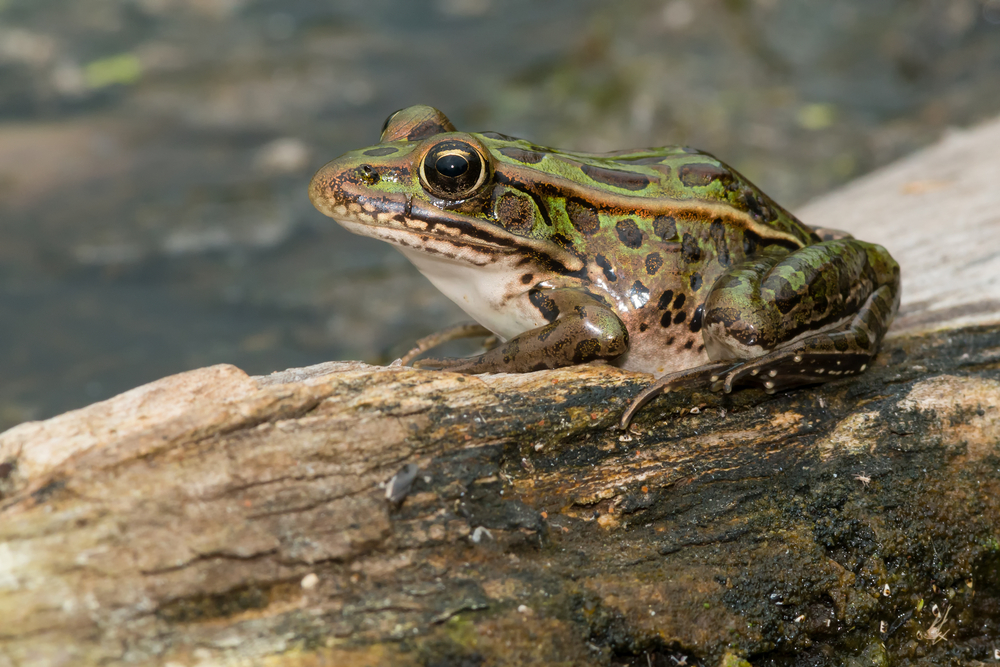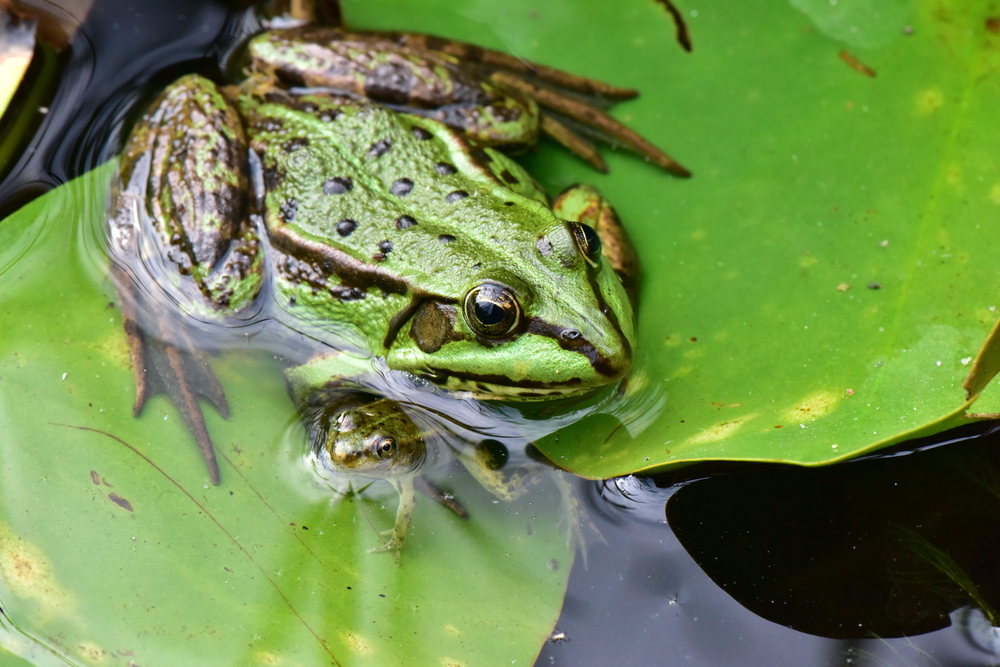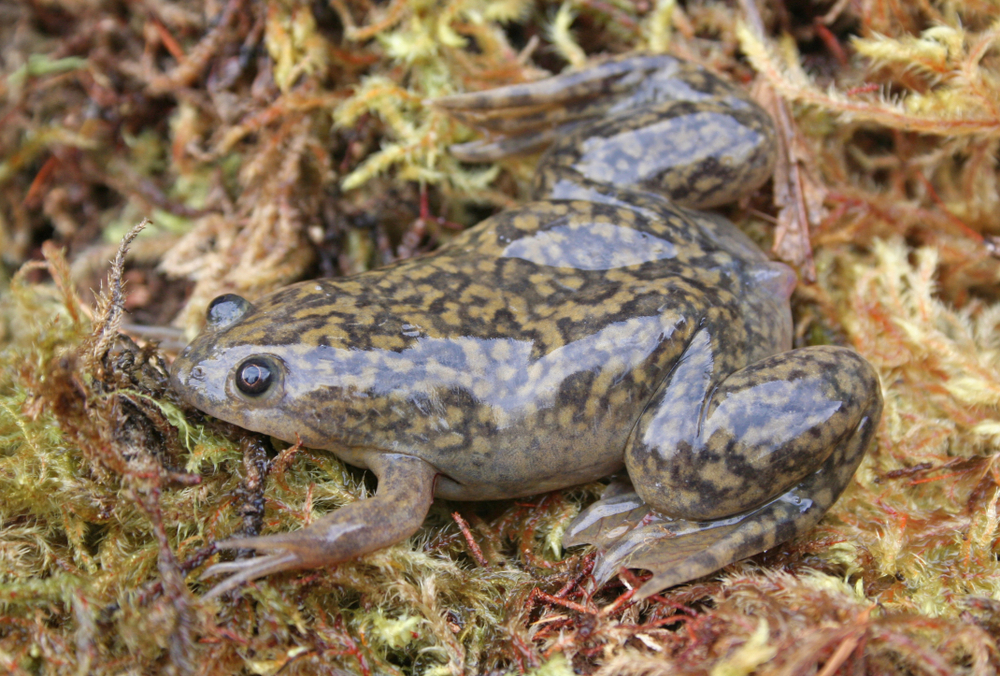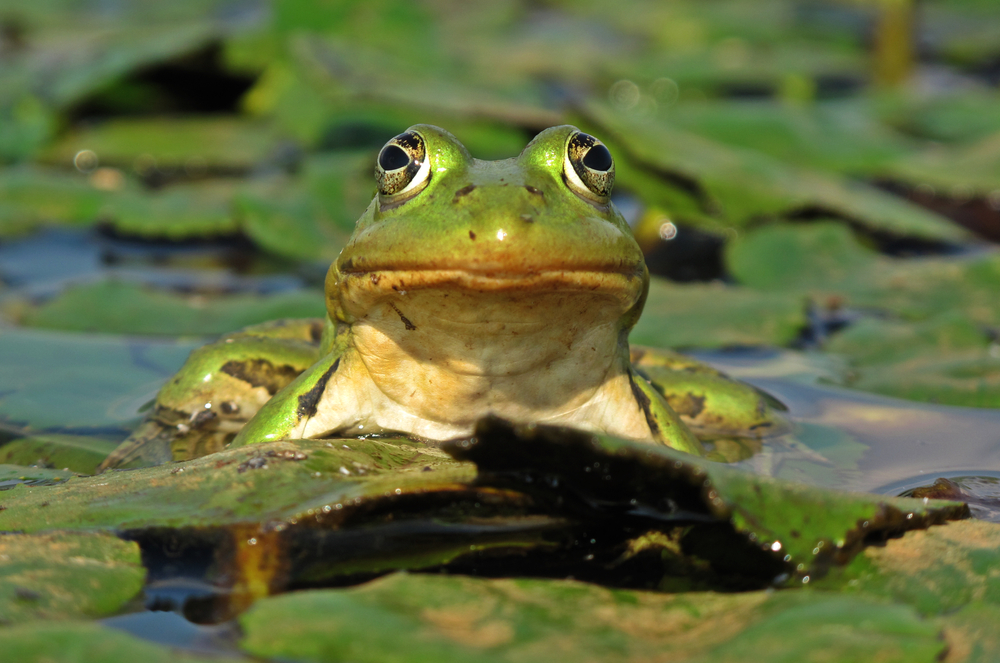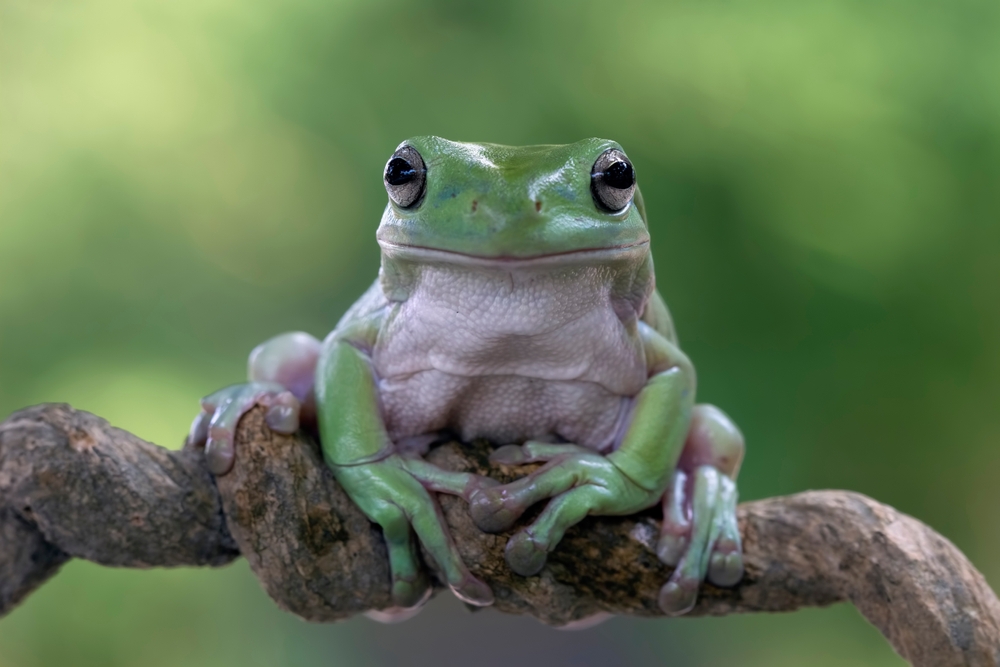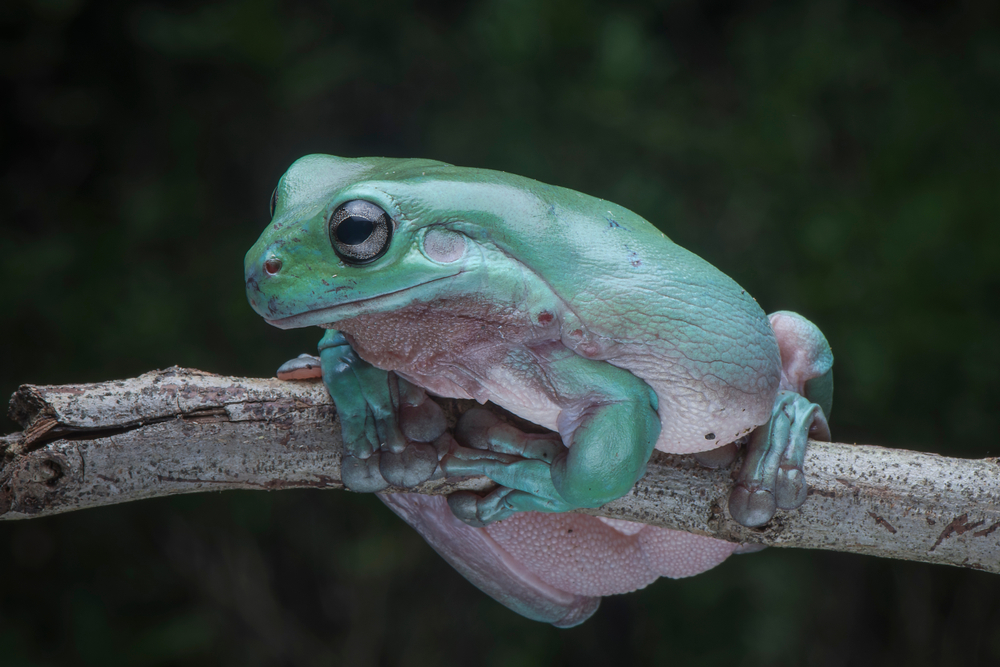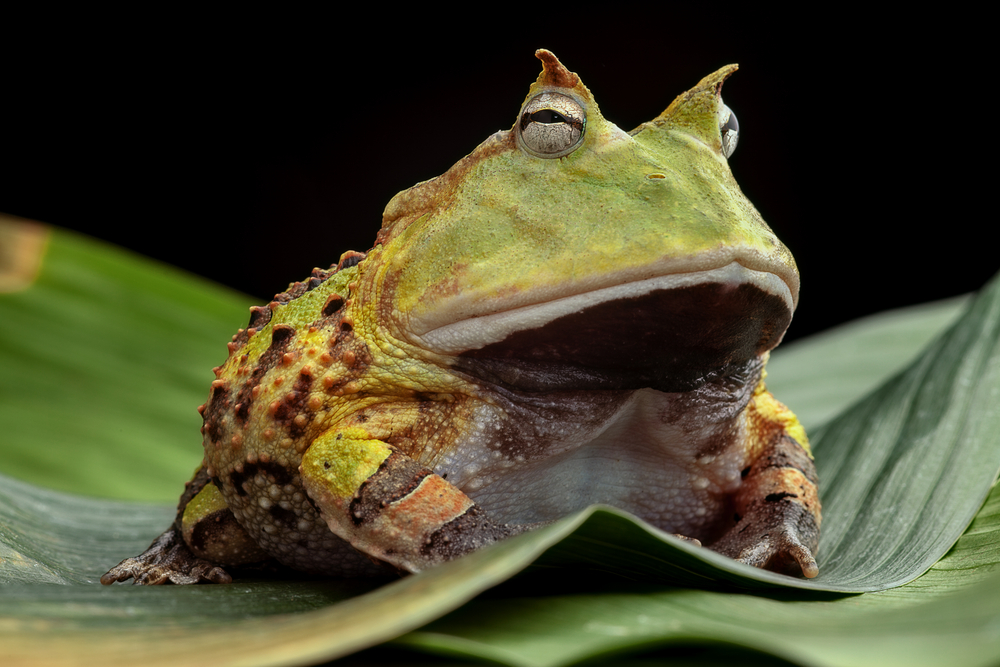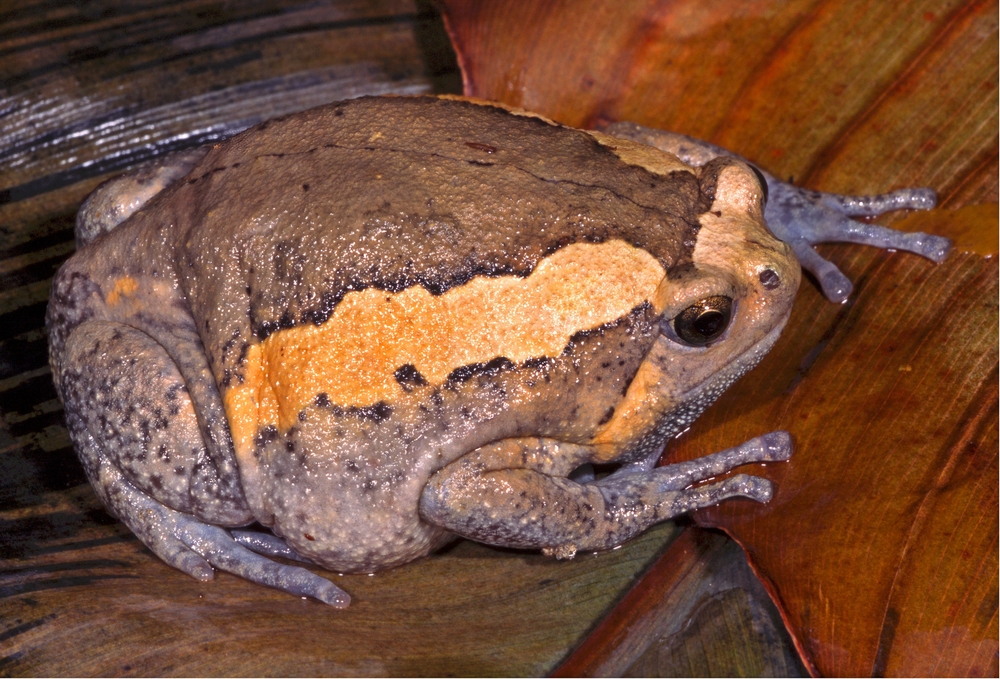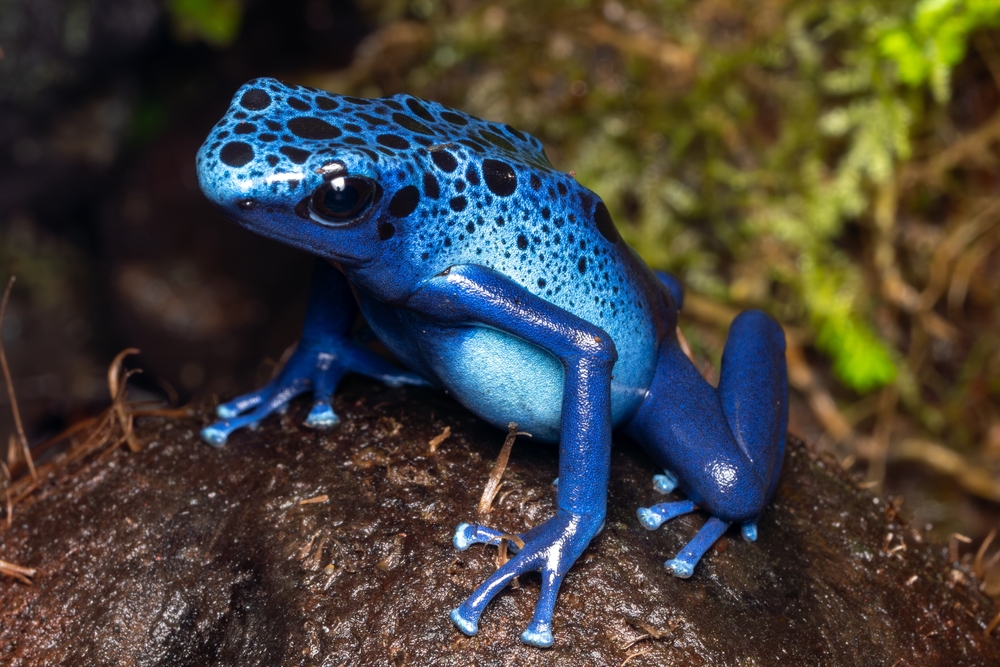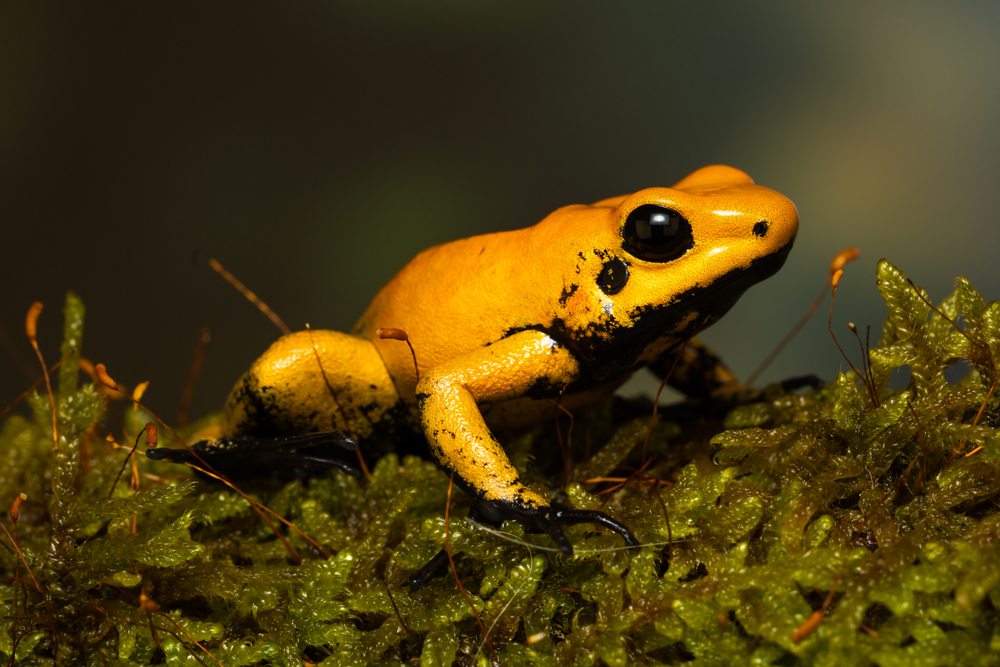Uniqueness
Distinctive Spotted Appearance:
The Leopard Frog is named for its leopard-like dark spots, which are round, irregular, and usually bordered with pale halos. This highly recognizable pattern, combined with its bright green or brownish body and light dorsal ridges, makes it one of the most visually distinctive frogs in North America.
Wide Geographic Range:
Leopard Frogs are one of the most widespread native frog species in North America, ranging from Canada through much of the United States and into northern Mexico. They thrive in diverse environments—wet meadows, ponds, marshes, grasslands, and even roadside ditches—demonstrating remarkable ecological flexibility.
Early Spring Breeder:
They are among the earliest amphibians to breed in the spring. While other frogs may wait for warmer conditions, Leopard Frogs emerge soon after ice melts and begin calling and laying eggs in cold, shallow water—giving them a seasonal head start.
Cold-Tolerant and Hibernating Amphibian:
Unlike many tropical or subtropical frogs, Leopard Frogs can survive freezing temperatures. They hibernate at the bottom of oxygenated ponds or slow-moving streams through winter, re-emerging in early spring—a key survival strategy in temperate climates.
Jumping Power and Escape Speed:
Leopard Frogs are exceptional jumpers, with long, muscular hind legs capable of launching them several feet in a single leap. This makes them particularly difficult for predators to catch and contributes to their survival in open landscapes.
Ecological Indicator Species:
Because they are sensitive to changes in water quality, pollution, and disease, Leopard Frogs are often used as bioindicators. Declines in their populations have helped alert scientists to broader environmental problems, including pesticide use and wetland degradation.
Historical Scientific Significance:
Leopard Frogs have been widely used in scientific research, particularly in biology, physiology, and developmental studies. Their accessibility, size, and resilience have made them a model organism in education and laboratory settings for decades.



































































